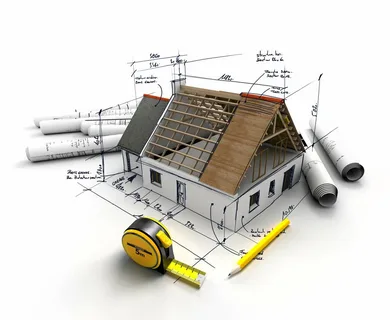Unlike in the old days, the use of solar energy has spread beyond residential districts. As time goes on, we get to see more and more companies adopt solar energy instead of traditional sources. However, what does this mean in terms of how the panels are installed? Or is it the same as for residences?
To do that, we have to look at the major considerations for solar panel installation London; both for residential and commercial purposes.
Table of Contents
Key Differences in Solar Panel Installation for Residential and Commercial Buildings
It’s the same source and both use panels to store and transmit energy. Surely, the differences shouldn’t be that vast, right? Well, let’s have a look.
1. Scope of the Installation
The most significant difference has to be the size of the panels used. And it should come as no surprise, given that commercial buildings naturally require more power than residential areas. As a result, solar panels with more cells are employed for commercial installation.
For residential areas, solar panels used usually measure 65 by 39 inches and come with 72 cells. However, commercial solar panels cover as much as 78 by 39 inches and carry close to a hundred cells.
2. Colour of the Installed Panels
As weird as it might sound, residential and commercial solar panels do vary in colour. For commercial panels, you find them to be white in colour. Residential solar panels, on the other hand, come in a mix of black and white.
So, if you’ve ever heard of “black and white solar system”, now you know what they’re talking about. At the same time, residential panels can come in colours matching the background they’ll be installed on, if you wish it.
3. Mode of Installation
In this case, it’s all about the precision and technique. While commercial solar panels are surely bigger, they’re surprisingly easier to install. Why? Think about it; commercial project buildings are known for the flat nature of their roofs, which means the panels don’t need to penetrate the roofs before they’re fastened onto them.
Meanwhile, residential roofs are slanted, making the installation process a bit more demanding.
4. Efficiency of Installation
As earlier stated, commercial solar panel installation covers more area and involves more solar cells. As a result, the power generated is more than that gotten from the smaller residential panels. In the same vein, the efficiency of power produced from commercial panels is slightly but definitely better.
But then again, the difference in efficiency is minuscule and when you look at the difference in scale of power needed by both sectors, it makes sense in the end.
5. Flexibility of Installation
Finally, commercial solar panel installation can be done in more ways than one. Unlike residential solar panels that are fixed to the roof, commercial panels can be installed in parking areas. That way, the commercial solar panels have a larger area to cover, ultimately yielding more solar energy. The same can’t be said for residential solar panels.
Conclusion
Residential districts and commercial regions indeed require varying amounts of power. That’s how different their installation techniques are, including the demands and other considerations. So, it’s important to note these differences for a more efficient solar panel installation.





